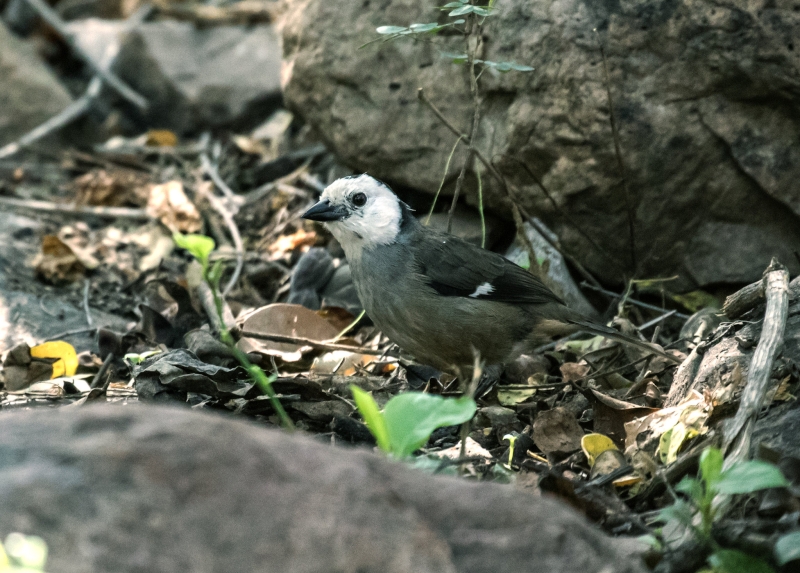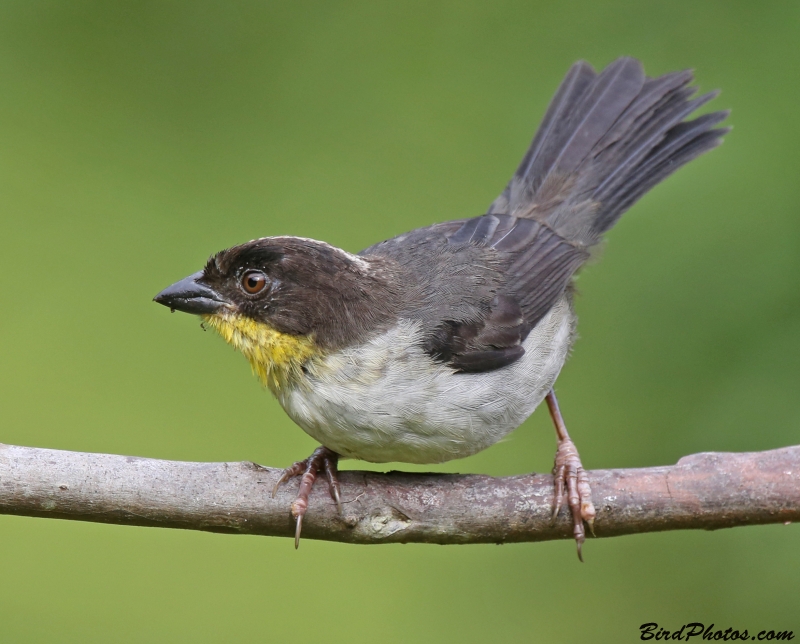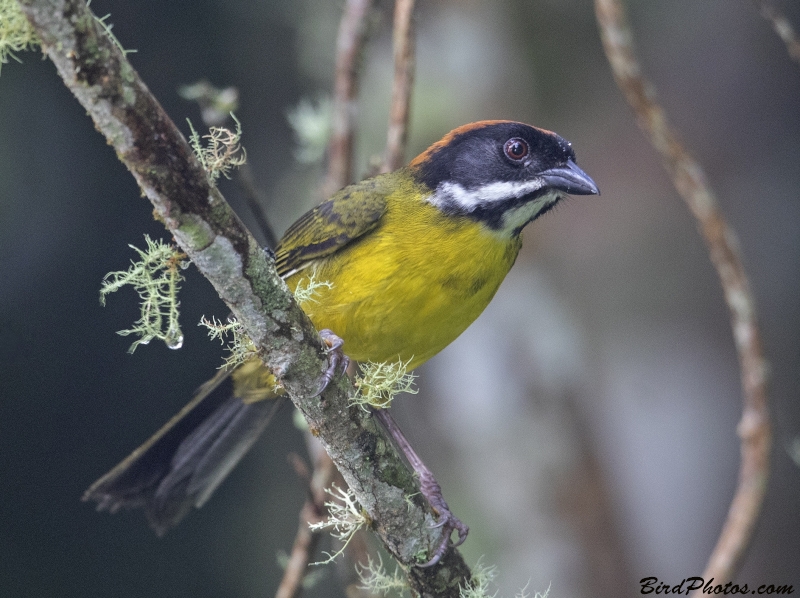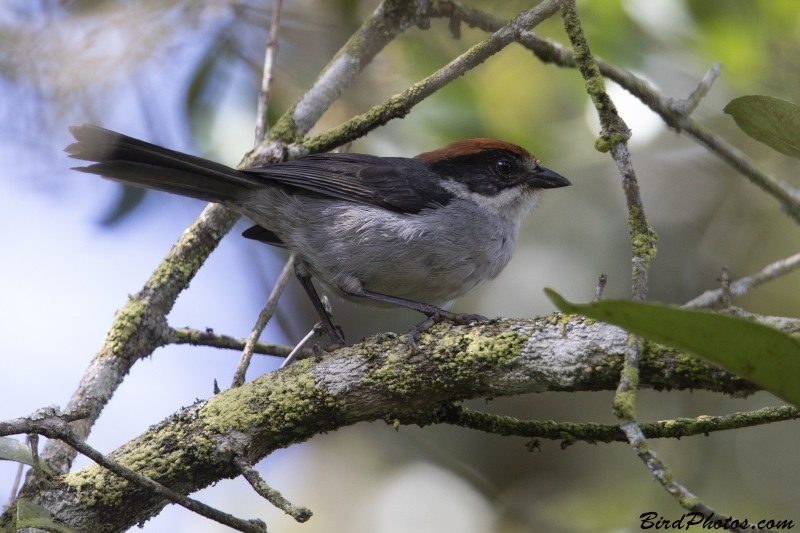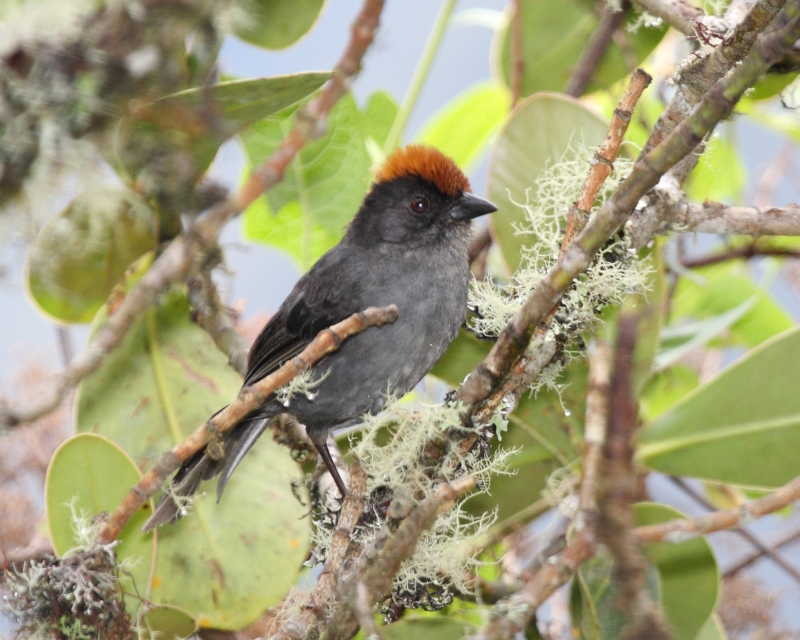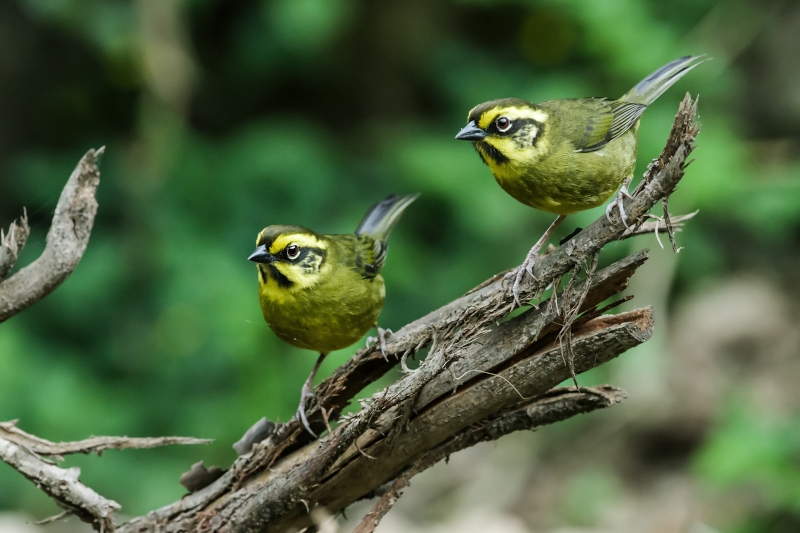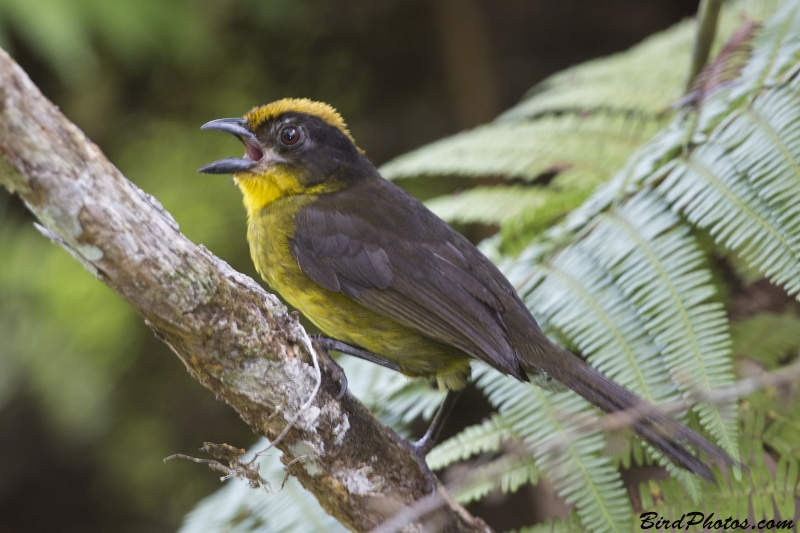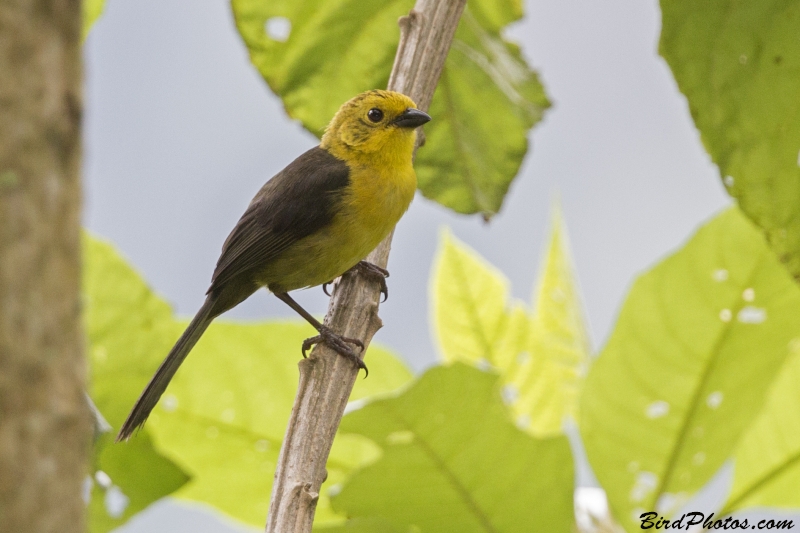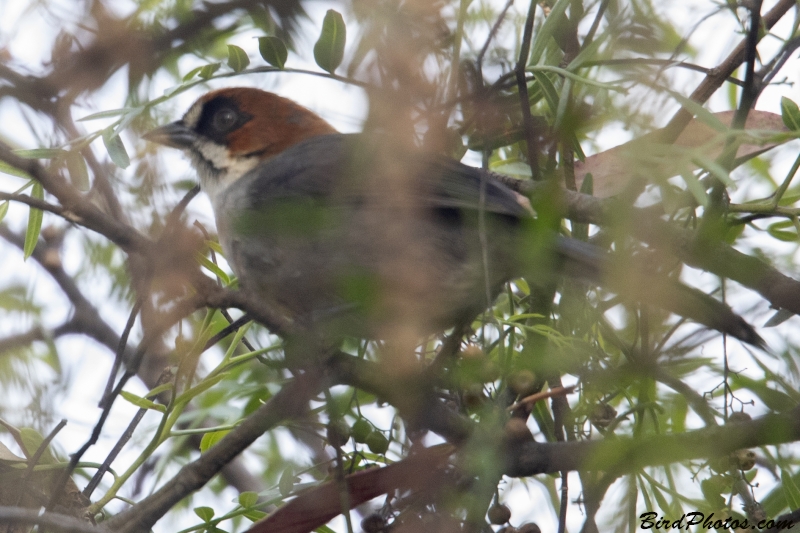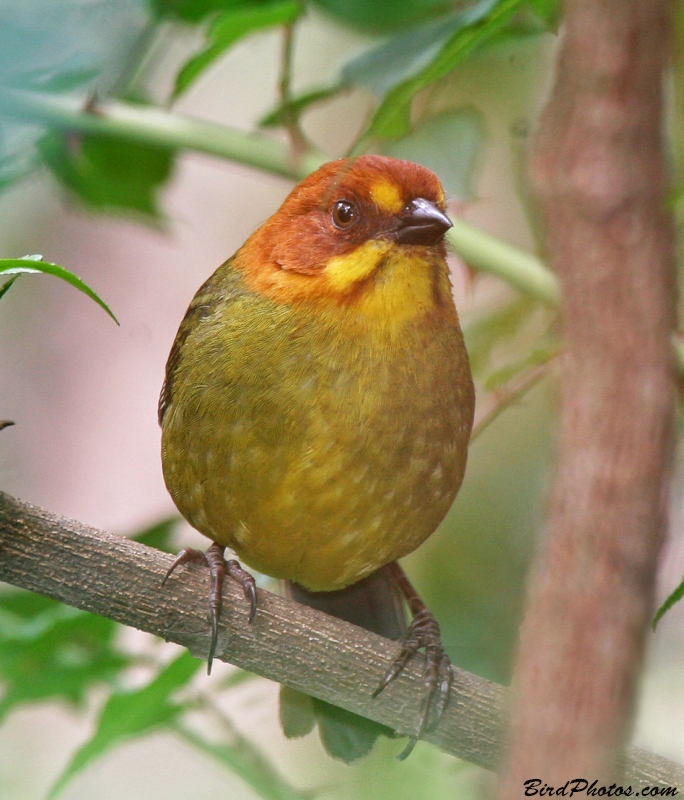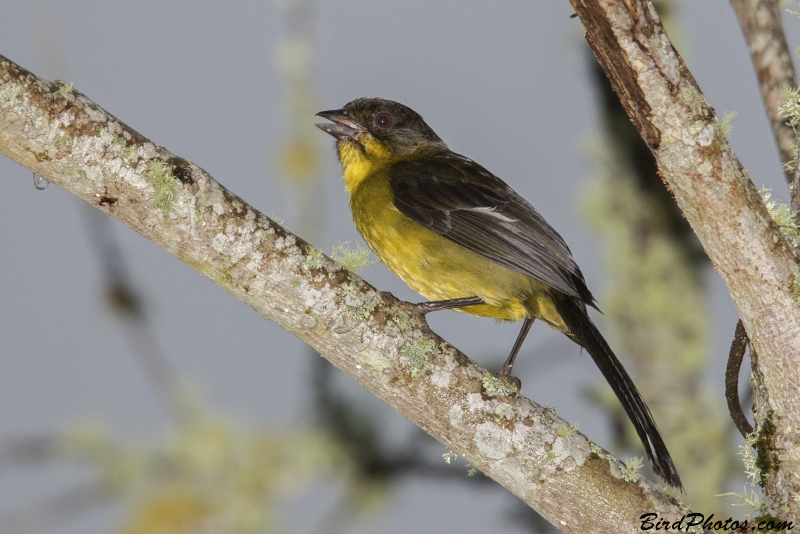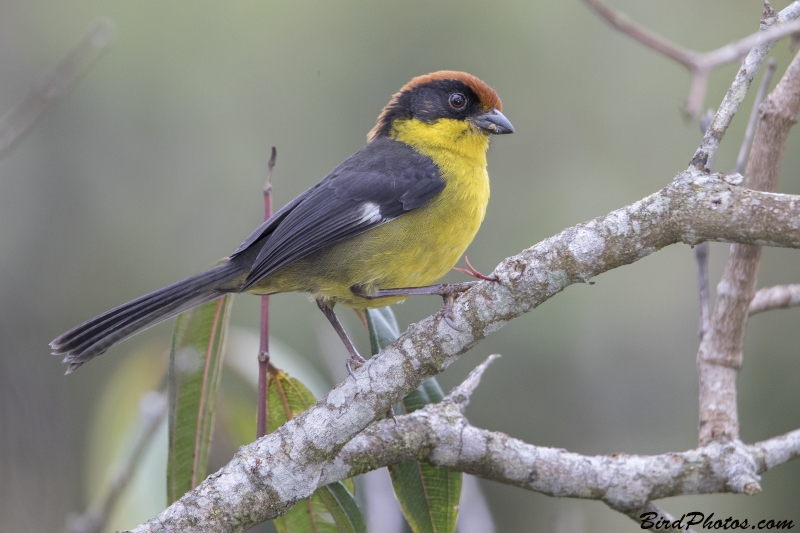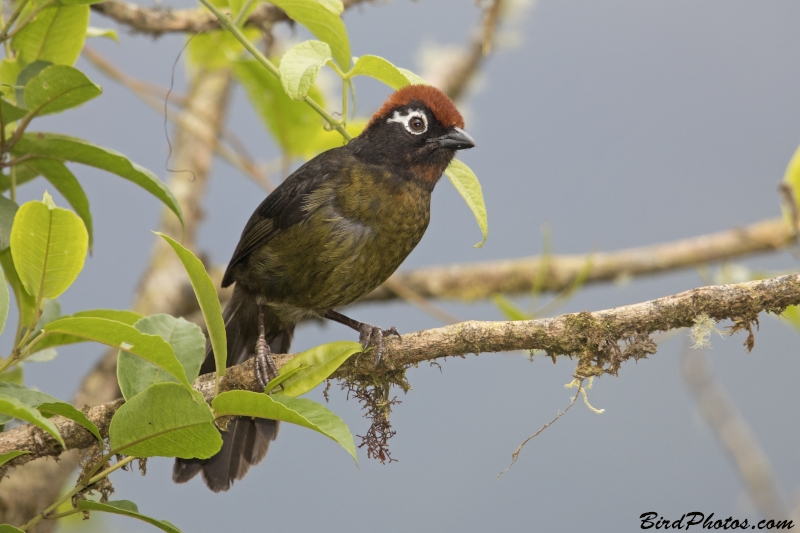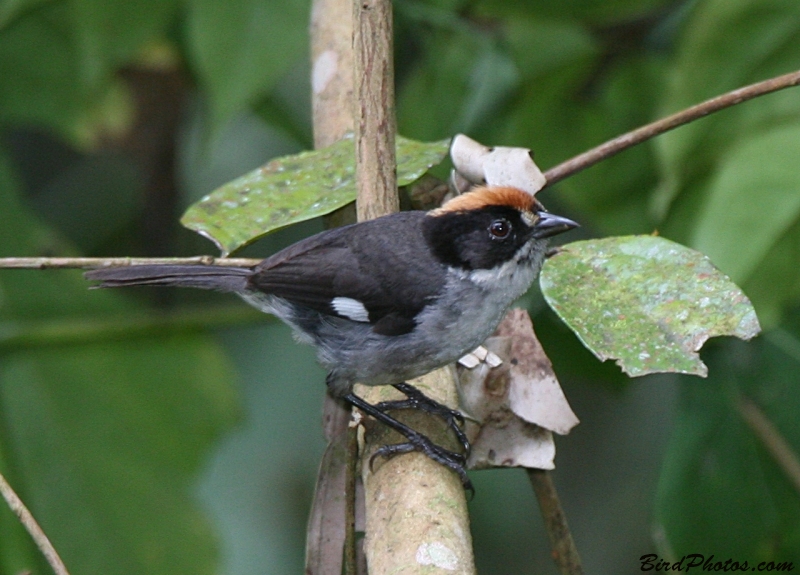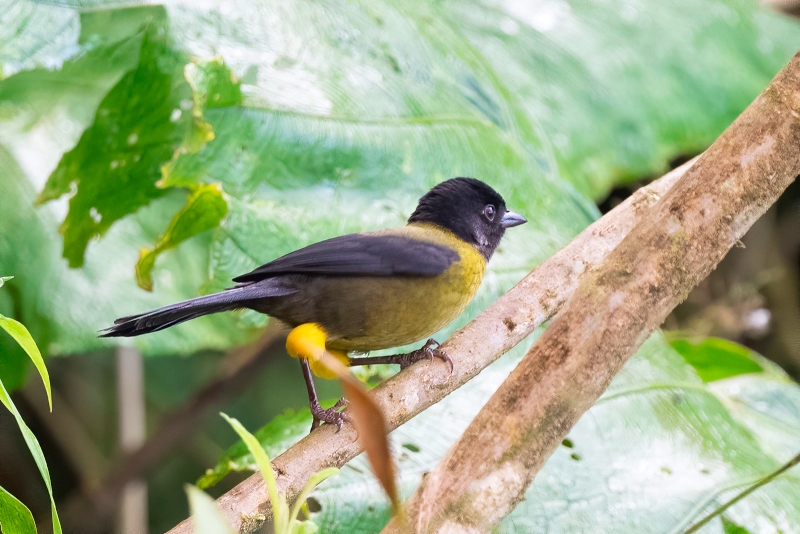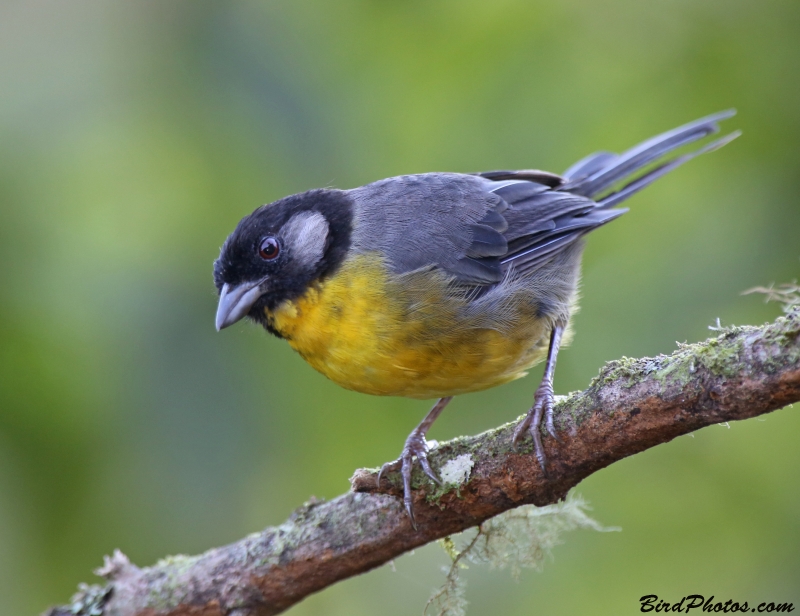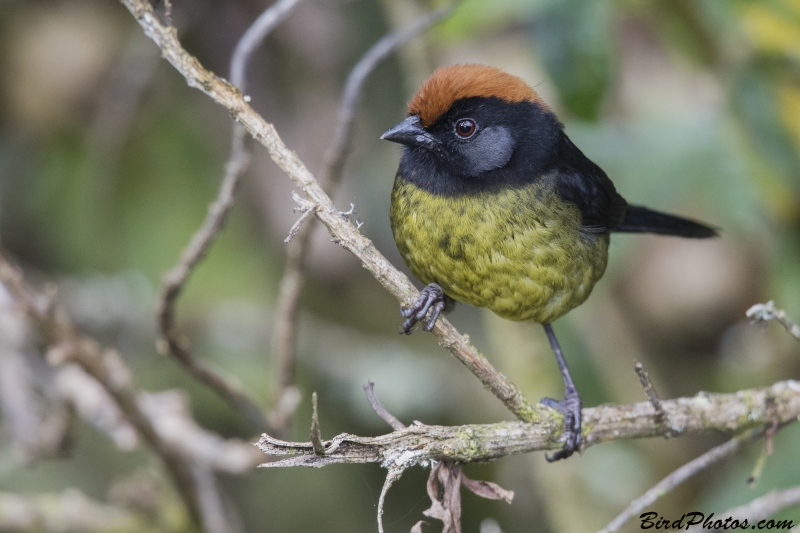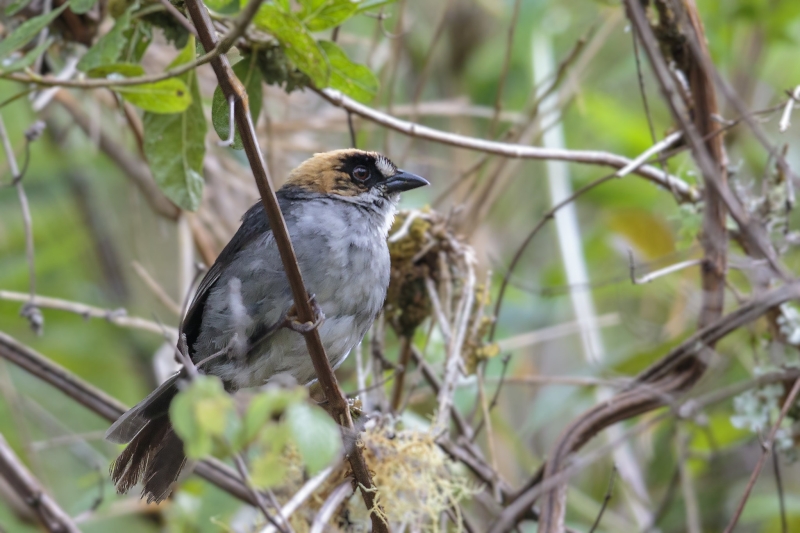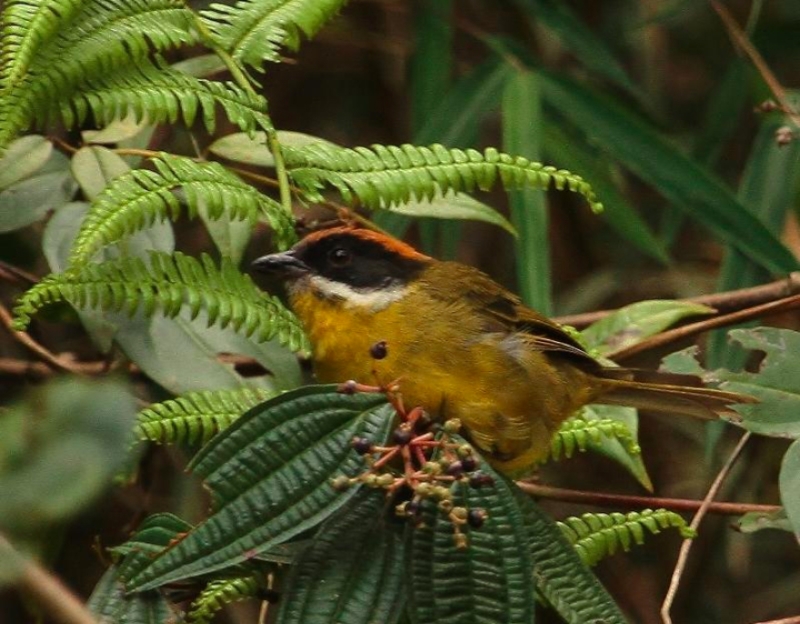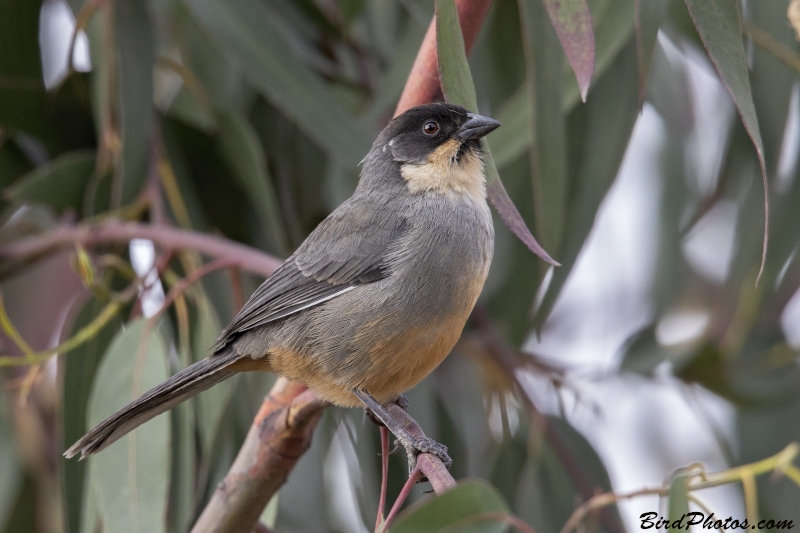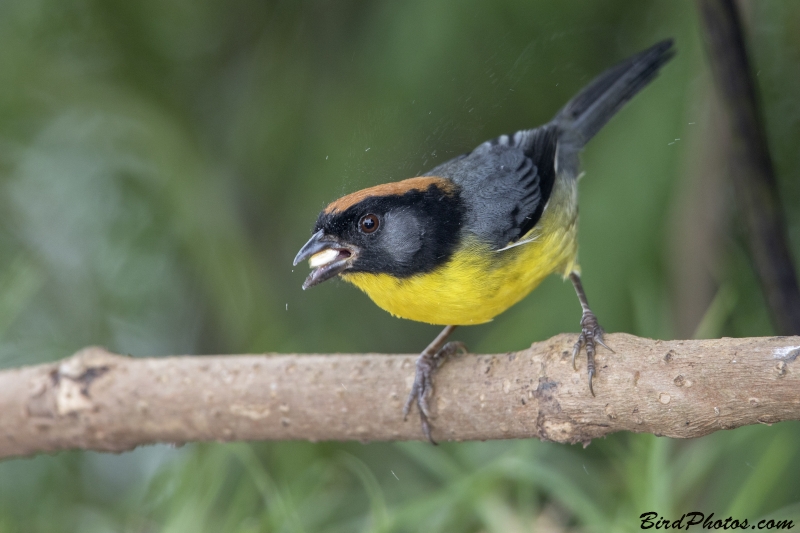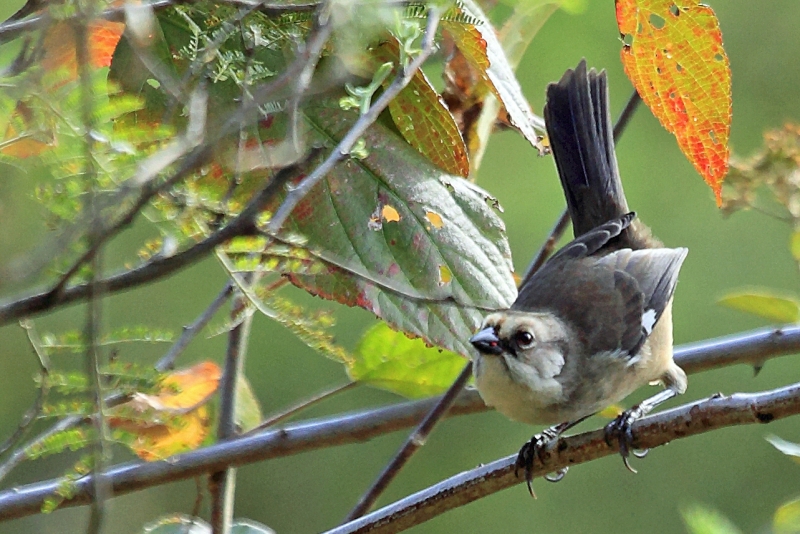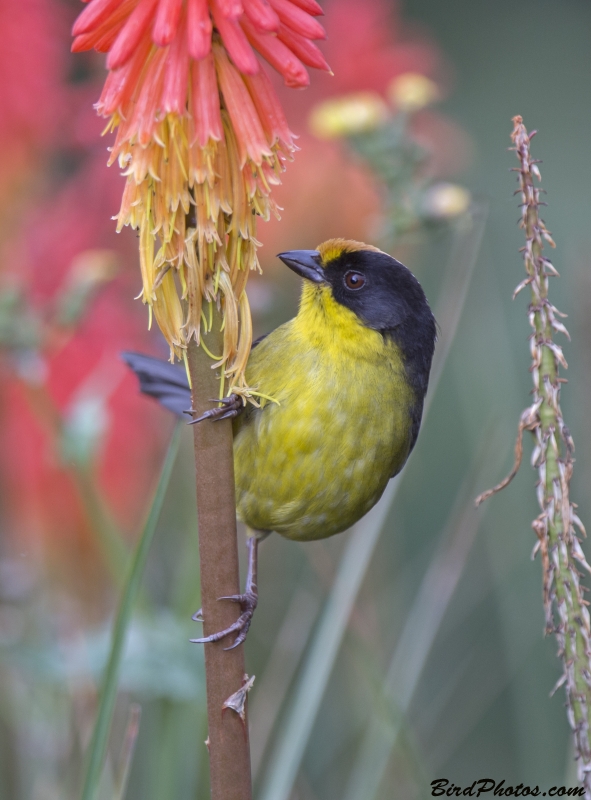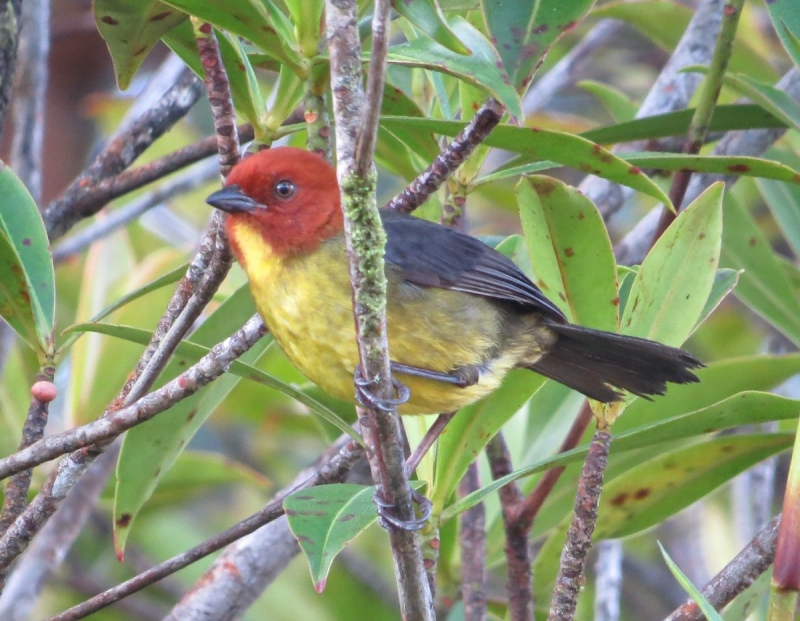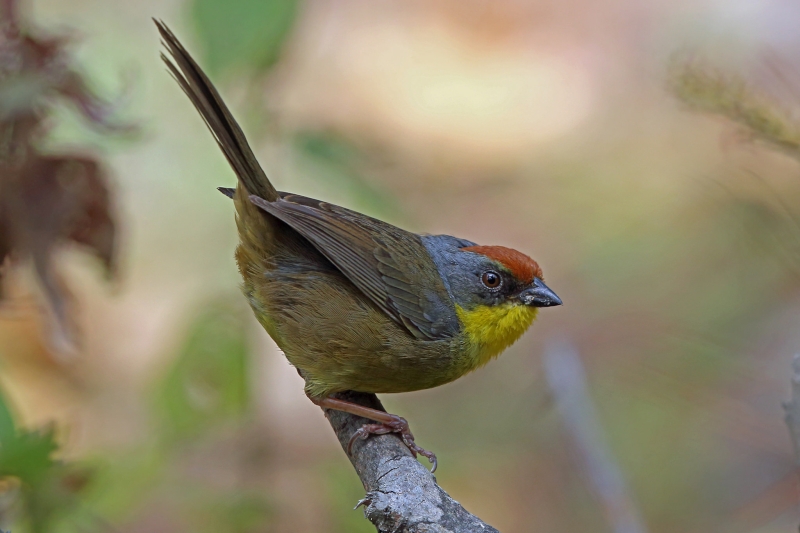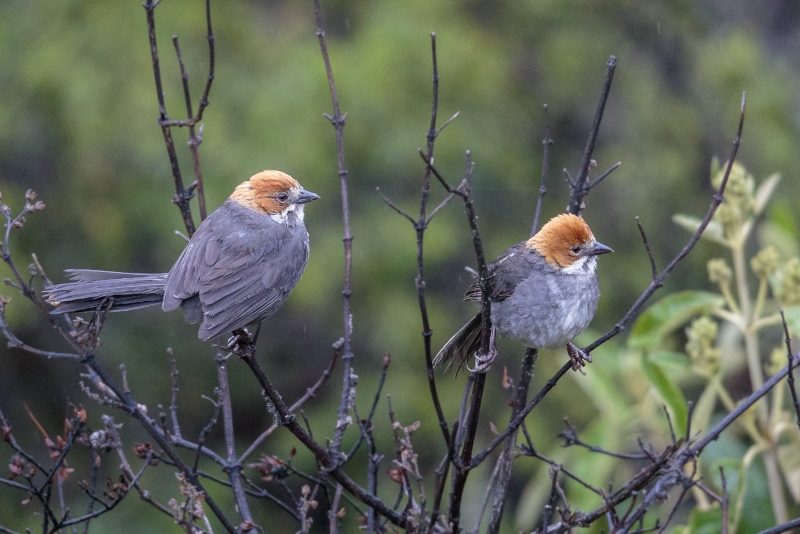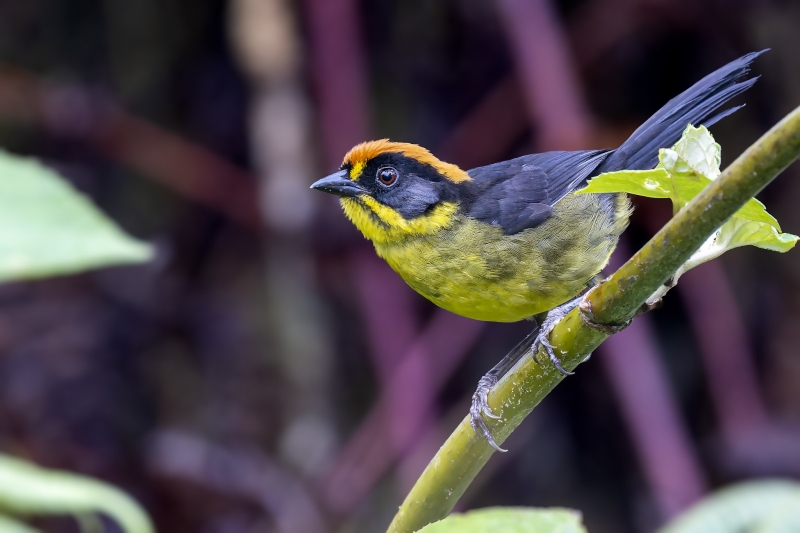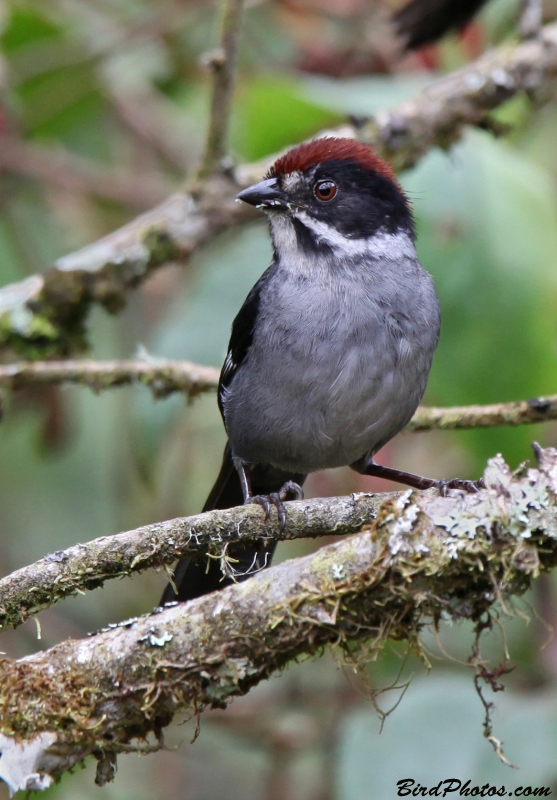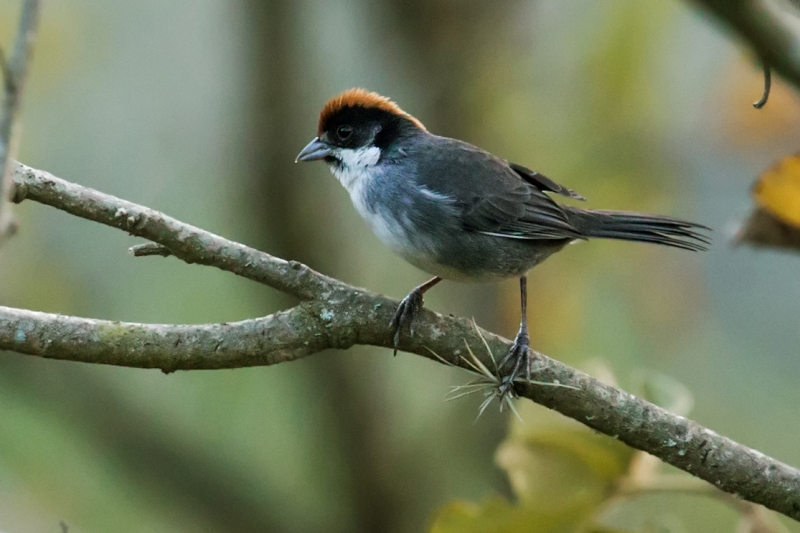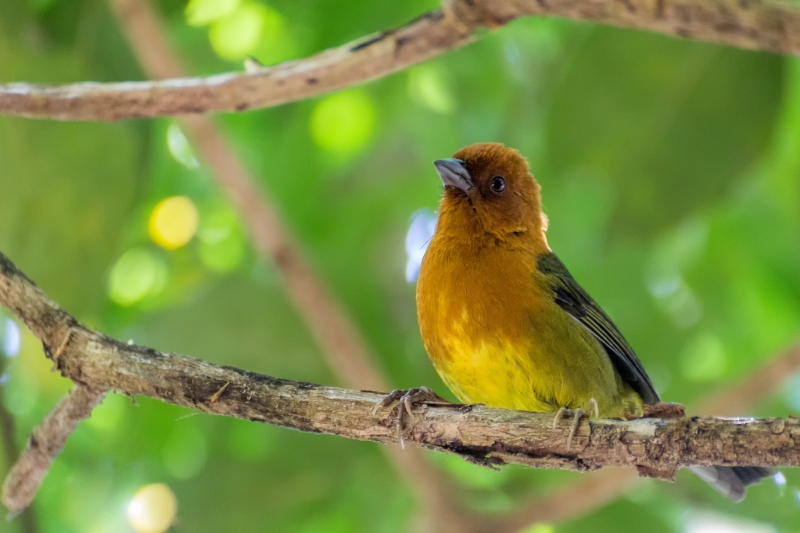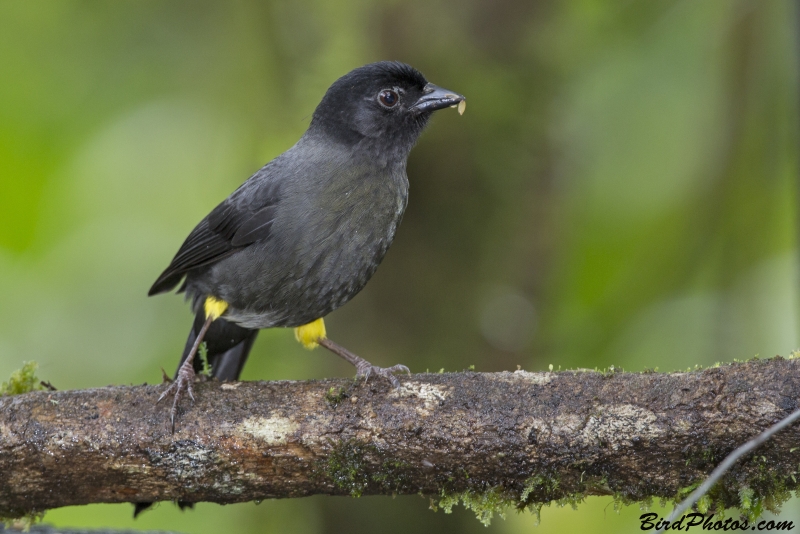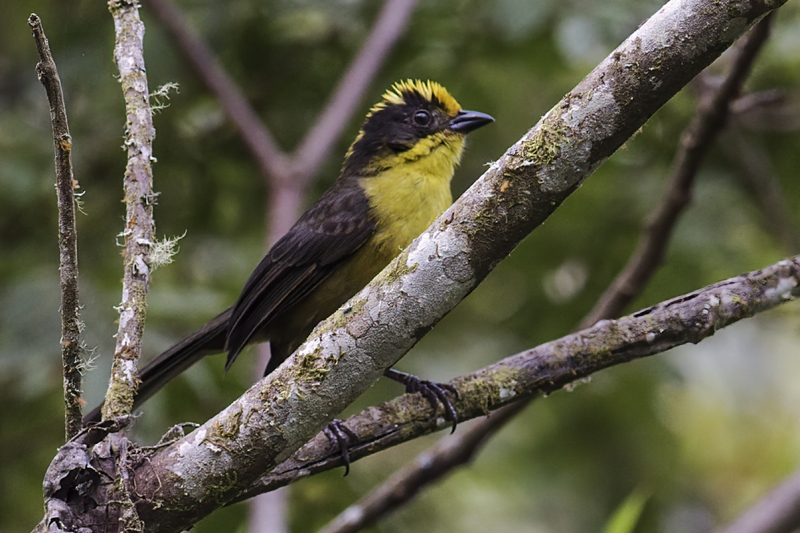Found in dry brush/forest at lower elevations than others in its genus (Ridgely). | ||||||
| ||||||
The Venezuelan race with more white was split off as the Merida Brushfinch, making this a Colombian endemic species. An individual with a faint moustach. | ||||||
Believed to be extinct until it was rediscovered in 2019 near San Pedro de Los Milagros, its historical location. Similar to Slaty Brushfinch but less grey and more white, and without a black mark under the malar stripe. Vocally more similar to a Yellow-breasted Brushfinch, also present in its range. After its rediscovery, it was found at other locations north of Santa Rosa in the same 'altiplano'. | ||||||
| ||||||
| ||||||
Split from Tricolored Brushfinch. Moves in small groups. | ||||||
| ||||||
| ||||||
| ||||||
A Colombian endemic seen outside the forest in secondary growth. | ||||||
| ||||||
Easy to recognize at 2000-3000m. Associated with terrain after landslides (HBW). | ||||||
| ||||||
Similar to the Yellow-thighed Brushfinch, with yellow thighs, but greenish and not black. | ||||||
The most common Santa Marta endemic species. | ||||||
A typical 'atlapetes' brush finch, also called the Black-faced Brushfinch. | ||||||
| ||||||
Split from the Colombian race, the Moustached Brushfinch, creating two endemic species. This species has a yellow throat and no black stripe under the moustach. | ||||||
| ||||||
Common Perija endemic. Formerly considered conspecific with Yellow-breasted Brushfinch, but has black forehead and vocal differences. Found from 1800m to 2800m. | ||||||
Rare, and found only around Azuay. | ||||||
A giant brushfinch found in or near the paramo (3000m and up). Resting. | ||||||
| ||||||||||||
| ||||||
| ||||||
| ||||||
Fumidus (Perija) race. | ||||||
| ||||||
| ||||||
Split from the Slaty Brushfinch found further north based on differences in morphology, vocalizations and mtDNA divergence (IOC). | ||||
| ||||
| ||||||
Found only in Peru after the Choco Brushfinch of western Ecuador and Colombia (Chocó) was split off. | ||||||
